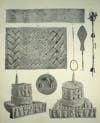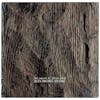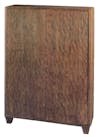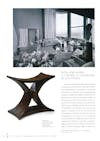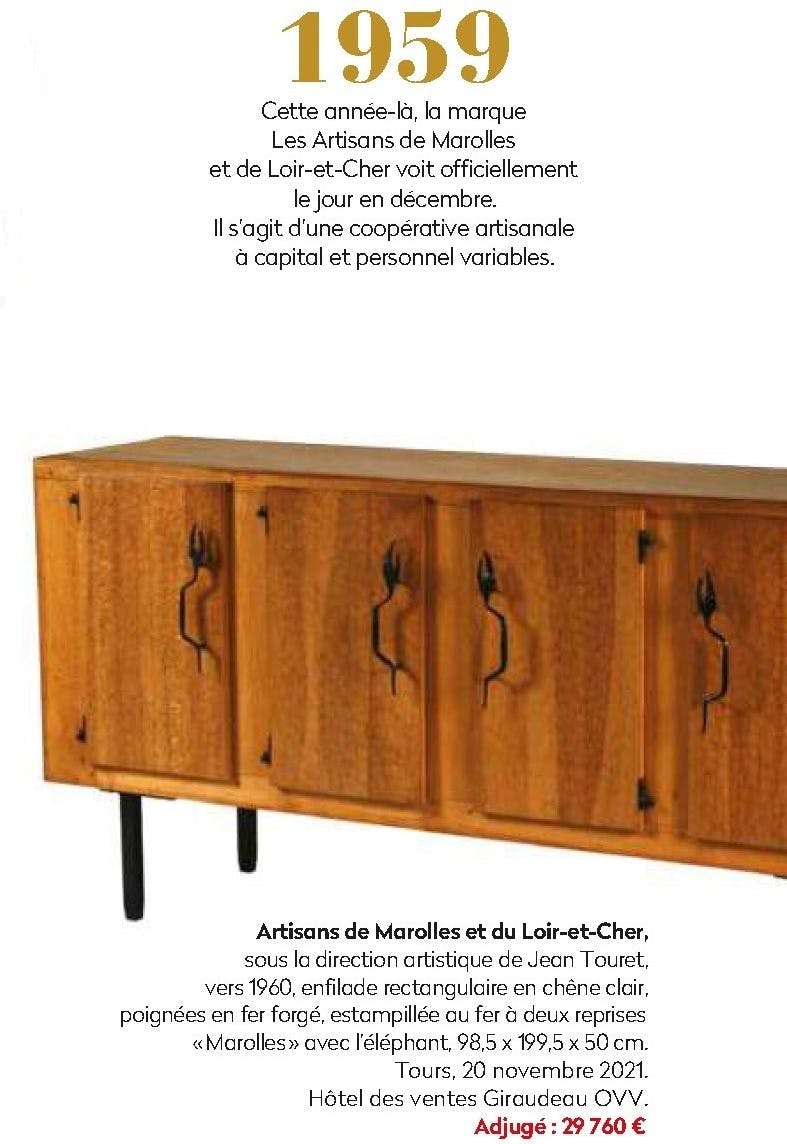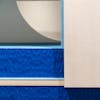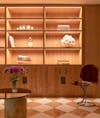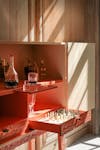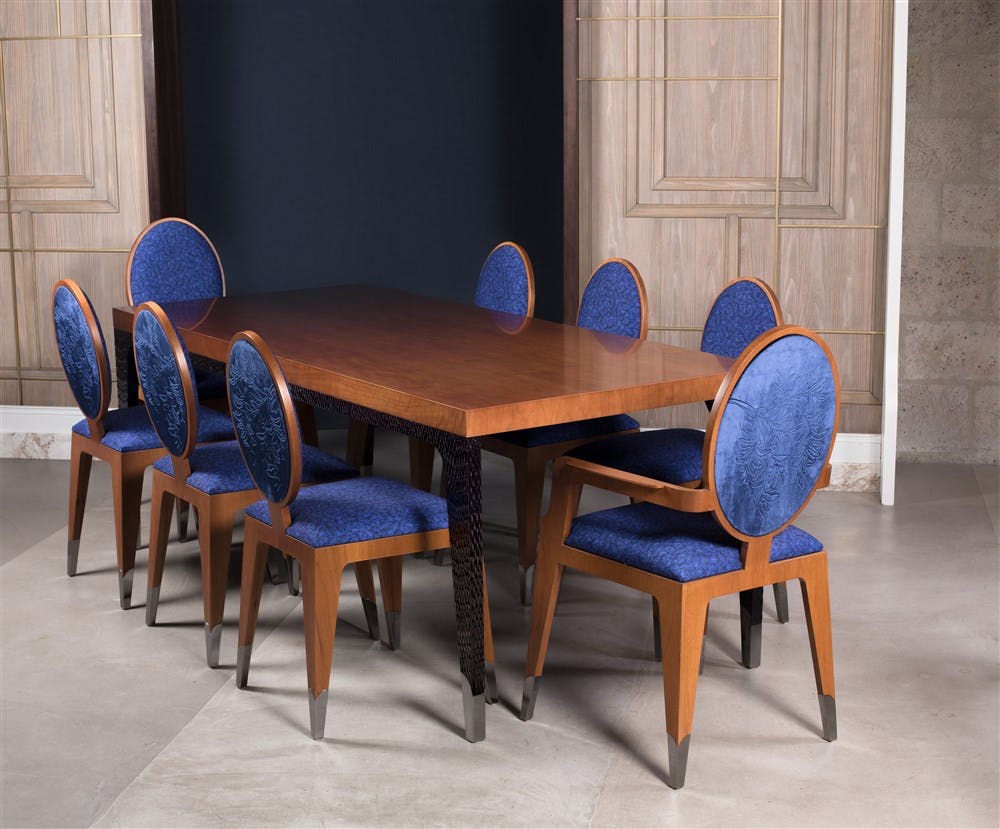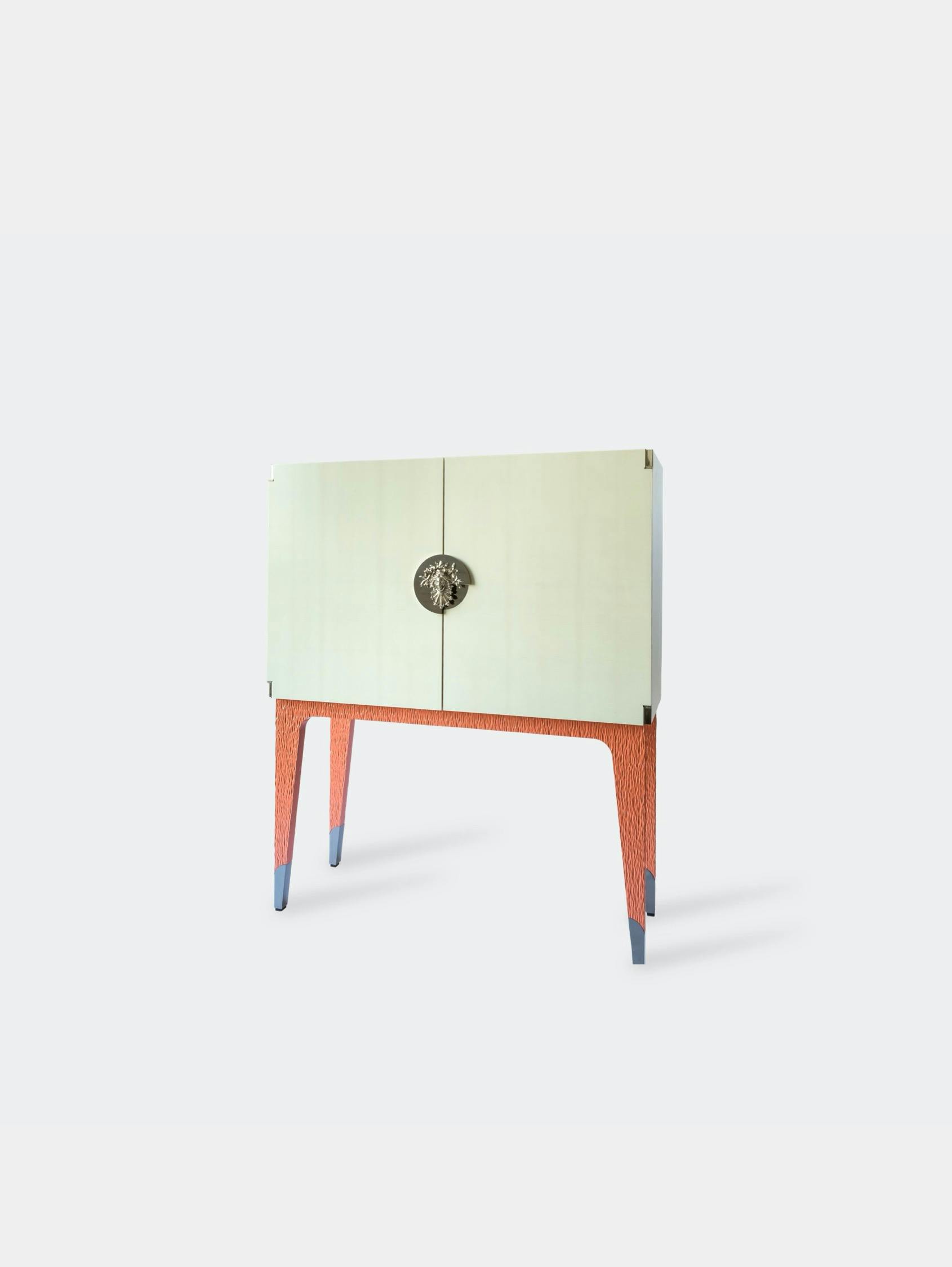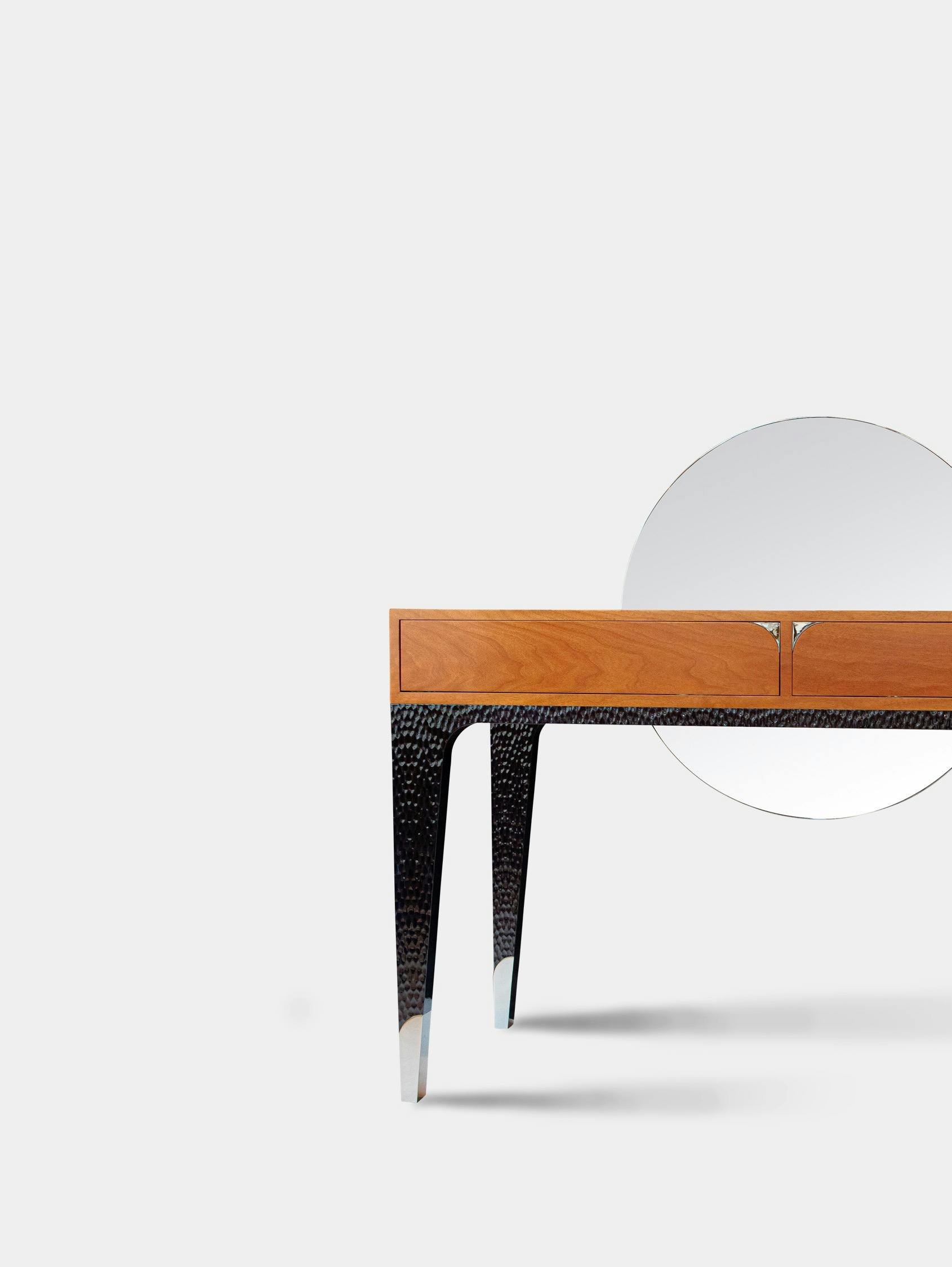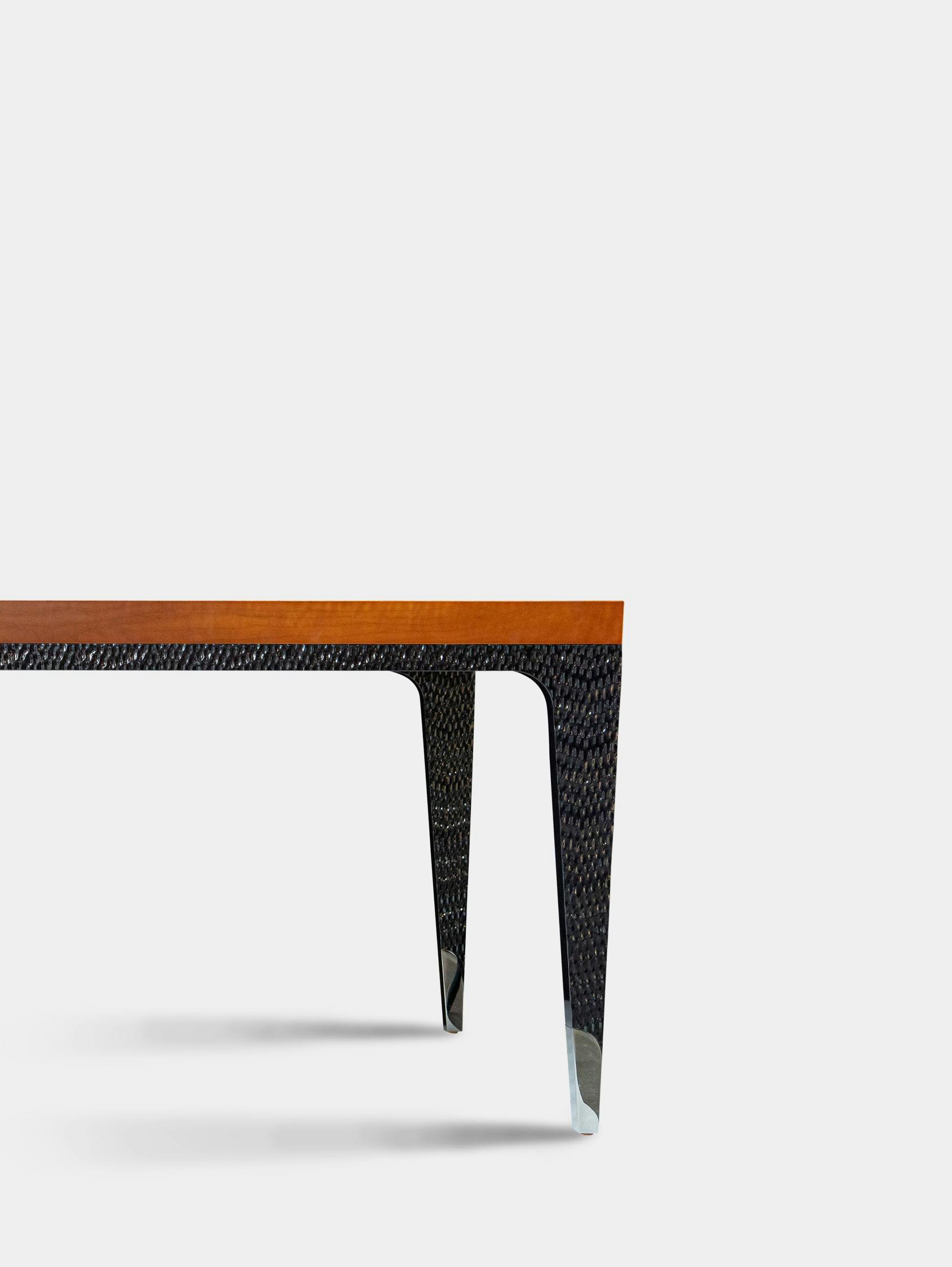Gouged wood, an ancient woodcarving technique, has left an indelible mark on the world of furniture, interior architecture, and millwork, particularly during the Art Deco period.
This handcraftsmanship practice, which involves carving decorative designs into wood using special tools called gouges, has been widely used by renowned craftspeople and designers to create singular, sophisticated pieces.
To understand the evolution and importance of gouged wood, we must first study its origins, how it became part of various artistic movements, how it influenced Art Deco, and its legacy in contemporary design.
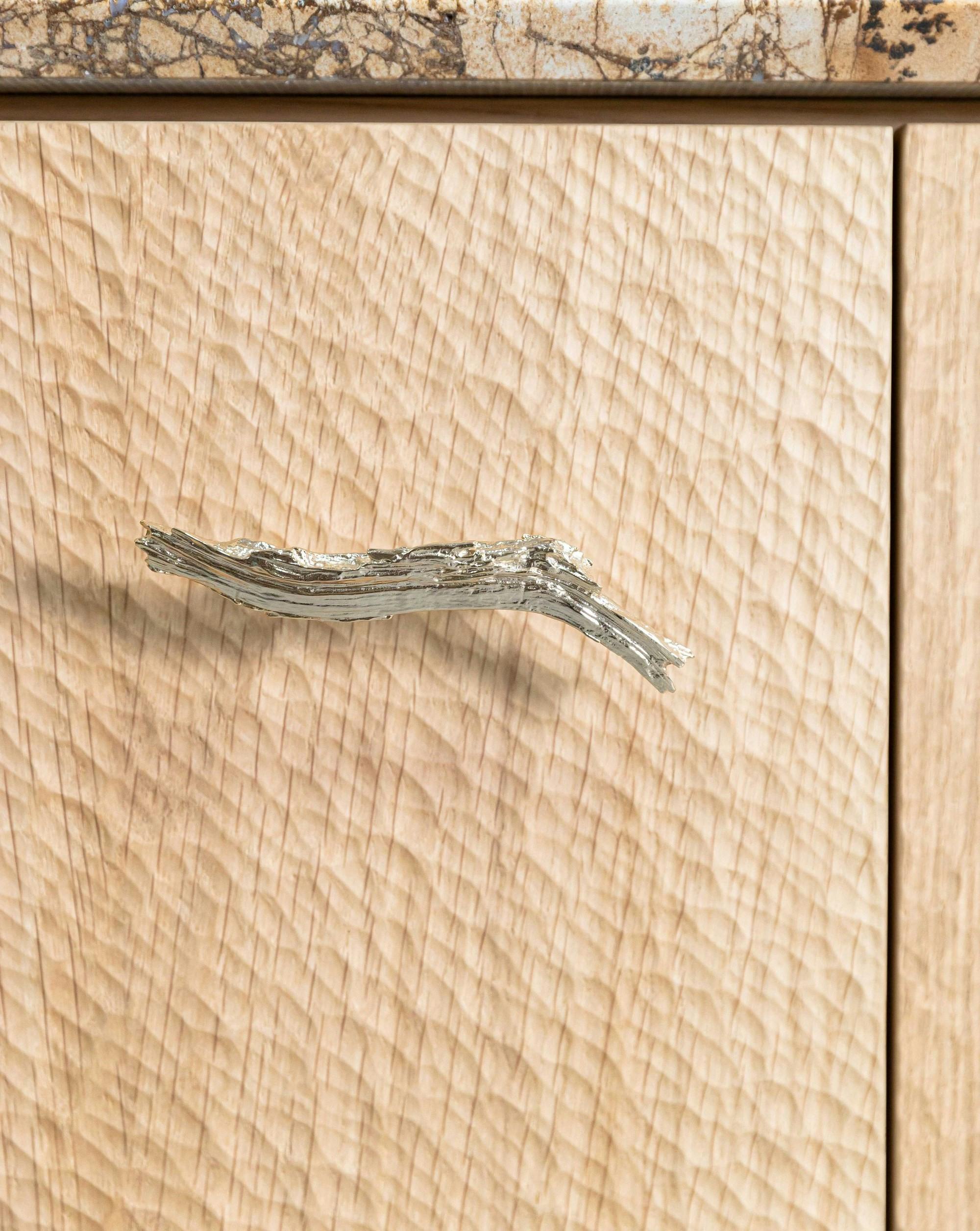

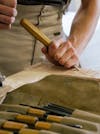

%20(2).jpg?ixlib=gatsbyFP&auto=compress%2Cformat&fit=max&w=100&h=108)

